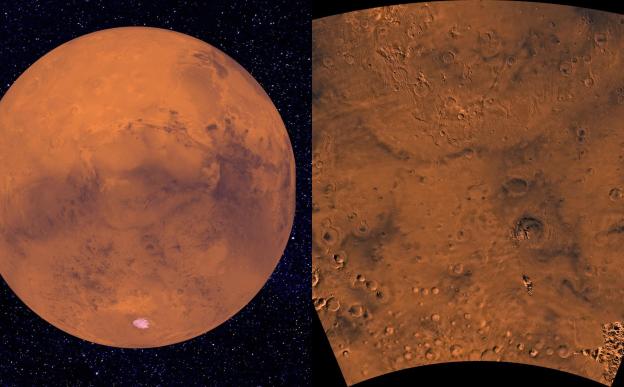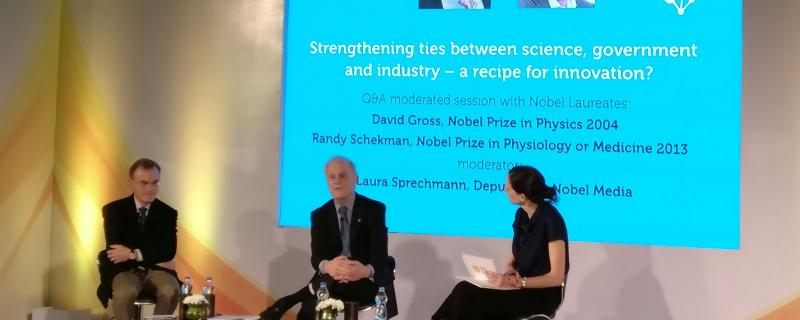In peering through a thick early morning mist or looking into a smoke-filled room or scanning muddy waters, we encounter a common problem – vision through such media gets obscured, and we cannot see what lies within. And many a times we have wanted to take pictures in foggy conditions, only to get a coarse image with no discernible features. ‘Seeing’ in these conditions would seem impossible without expensive equipments like thermal imaging cameras or radar technologies. The dream of that perfect picture on a foggy morning could be closer to reality, thanks to a new research. A collaborative study by scientists from Raman Research Institute (RRI), Bengaluru, and the University of Rennes, France are working to make seeing through the haze a reality.




